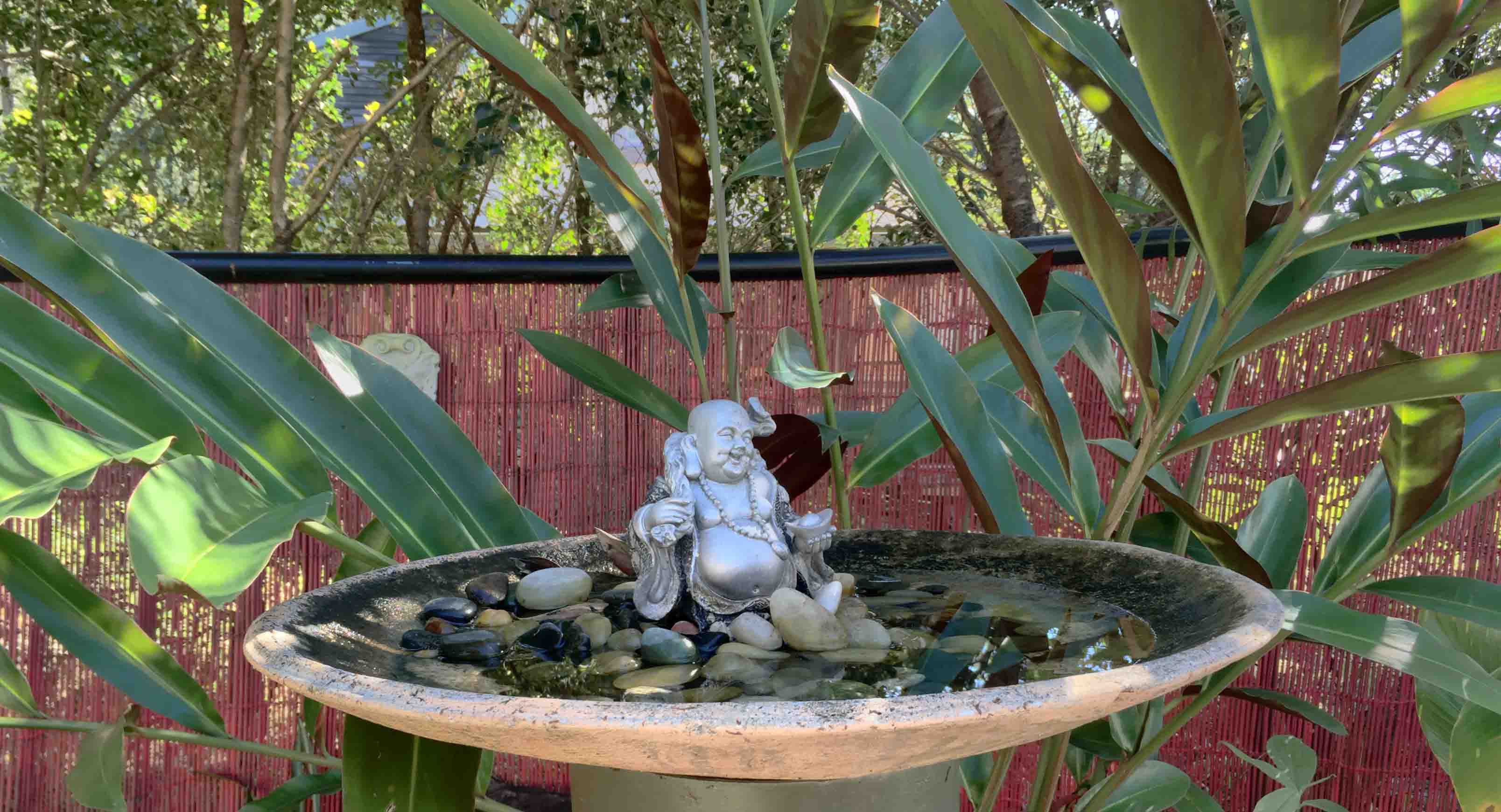There are many ways to read this book.
I am confident that no living person could be more conscious than I am of the delicate condition of any grieving person. So I want to reassure you that there is no “right way” to read this book or to respond to its messages and suggestions. Please feel free to dip in and out of it as you wish. If you can read our book gently and with self-compassion and self-appreciation, hopefully, it will become a valued companion on your healing journey.
A love story
Readers who want to read a poignant love story (and its conclusion) can read Chapters 1 and 2. Chapter 3 is my personal story of my “seasons of loss”, which many readers will relate to, I am sure. A discussion of specific methods for staying connected to one who has died can be found in Chapter 4. Others may want a glimpse into what modern psychological research has to say about bereavement theory. Chapter 5 is for you. Those who wish to understand Rudolf Steiner’s philosophy and how his particular reconnecting approach can play out in a modern-day context can read Chapters 6 and Chapters 8 through 10.
A gentle invitation
As you read, you may find yourself inventing your own healing processes, rituals, and visualizations. I am confident that anything that emerges from your heart will be valuable.[1] You may wish to work through this book with a group of friends, family or others. Karl and I imagine that scenario, too.
Not a linear journey
Karl and I do not imagine that readers of our book will travel through it in a linear journey. We accept what C. S. Lewis observed when he wrote in A Grief Observed (1964) that “Grief is like a long valley, a winding valley where any bend may reveal a totally new landscape.”
There is so much traveling to do. So, please accept our words as suggestions only. Your inner wisdom will guide you on your unique healing path. Our book can be a peaceful refuge, where your pain will be received and not provoked. With all our hearts, we wish you peace and reconciliation.

We hope that most of you will read the entire book. It’s designed to be read as a whole, and it’s knitted together in ways that only Karl can explain. It’s also a gift from him and my gift back to him. It came through him; I transcribed it, and I wrote this book.
It is the story of a gentle, humble man, who found a way to keep his “Big Love” for his wife alive in conversations with her after he died. Otherwise, as he repeatedly assures her, losing her would have broken him forever.
This book is our poem of love, acceptance, gratitude, forgiveness, service and, ultimately, reconciliation. We pray that reading it will help people like me and my loving, grieving friends (most of whom did not know what to do) to find authentic ways to stay connected with a loved one in the times following the first mourning rituals.
The hope of nourishment

I pray that sharing our experiences will be a gift to others and that reading about them will nourish you and be a balm for your sorrows, as writing this book has been for mine. Examples of simple, beautiful rituals, focussing specifically on forgiving, can be found in The Book of Forgiving: The Fourfold Path for Healing Ourselves and Our World by Desmond Tutu and Mpho Tutu (2004).
